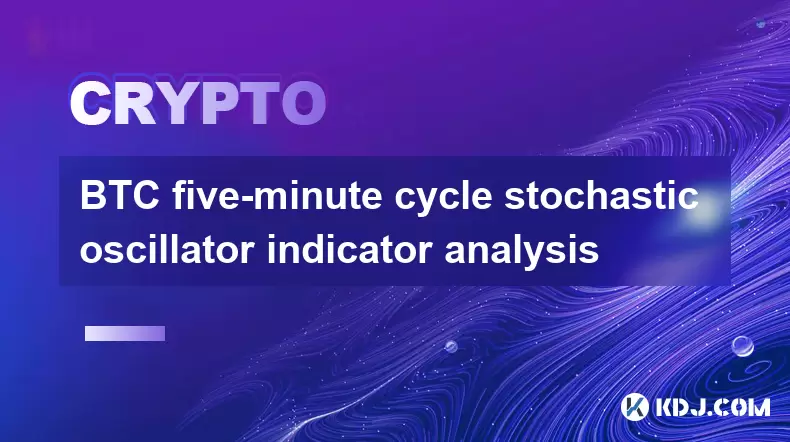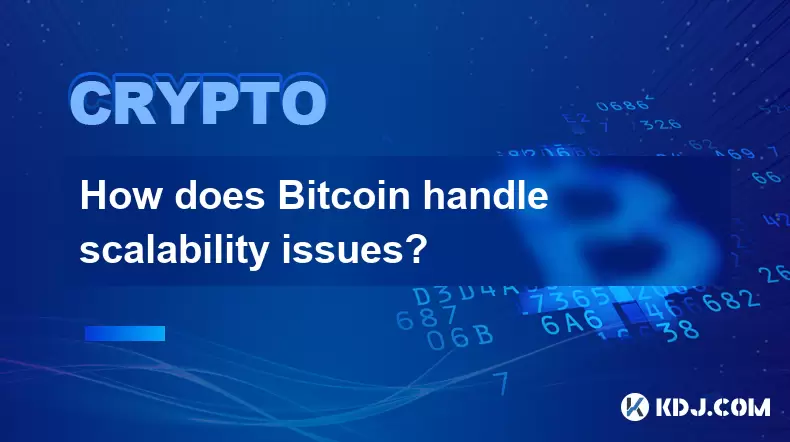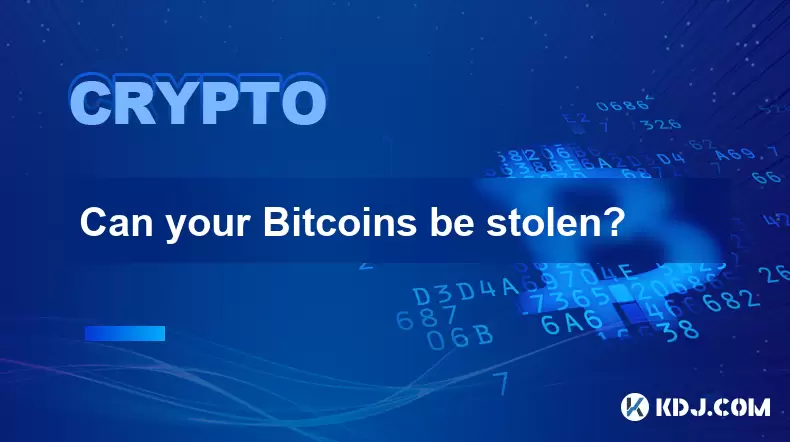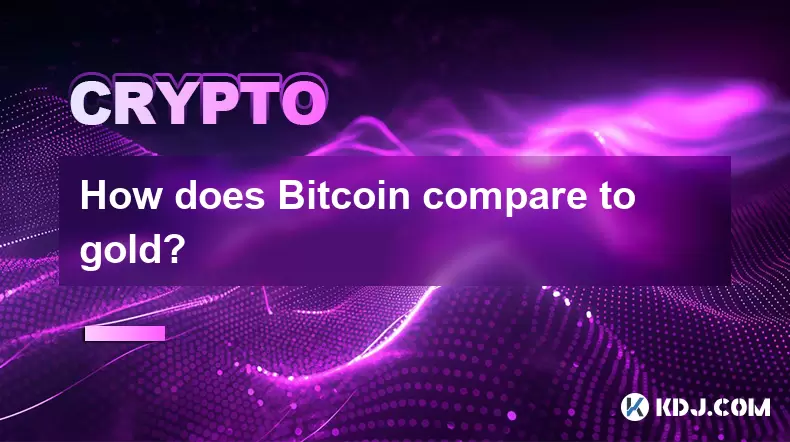-
 Bitcoin
Bitcoin $115100
1.27% -
 Ethereum
Ethereum $3675
2.71% -
 XRP
XRP $2.995
1.45% -
 Tether USDt
Tether USDt $1.000
0.02% -
 BNB
BNB $769.8
2.64% -
 Solana
Solana $168.0
3.25% -
 USDC
USDC $0.9999
-0.01% -
 TRON
TRON $0.3371
1.48% -
 Dogecoin
Dogecoin $0.2051
3.36% -
 Cardano
Cardano $0.7394
2.30% -
 Hyperliquid
Hyperliquid $38.15
0.42% -
 Stellar
Stellar $0.3966
-0.36% -
 Sui
Sui $3.486
2.93% -
 Chainlink
Chainlink $16.72
2.52% -
 Bitcoin Cash
Bitcoin Cash $568.0
4.36% -
 Hedera
Hedera $0.2440
2.59% -
 Ethena USDe
Ethena USDe $1.001
0.04% -
 Avalanche
Avalanche $22.16
2.06% -
 Litecoin
Litecoin $119.1
-0.73% -
 UNUS SED LEO
UNUS SED LEO $8.991
0.04% -
 Toncoin
Toncoin $3.232
-0.39% -
 Shiba Inu
Shiba Inu $0.00001233
2.82% -
 Uniswap
Uniswap $9.717
2.53% -
 Polkadot
Polkadot $3.664
1.85% -
 Dai
Dai $1.000
0.01% -
 Monero
Monero $281.2
-3.89% -
 Bitget Token
Bitget Token $4.350
1.55% -
 Cronos
Cronos $0.1428
5.07% -
 Pepe
Pepe $0.00001050
3.68% -
 Aave
Aave $262.3
3.54%
BTC five-minute cycle stochastic oscillator indicator analysis
The stochastic oscillator helps BTC traders analyze the five-minute cycle, identifying overbought or oversold conditions to anticipate potential price reversals.
Jun 06, 2025 at 05:14 am

Introduction to the Stochastic Oscillator
The stochastic oscillator is a momentum indicator that compares a particular closing price of a security to a range of its prices over a certain period of time. In the context of Bitcoin (BTC) trading, the stochastic oscillator can be a valuable tool for understanding market momentum and potential reversals. This article will focus on the application of the stochastic oscillator in analyzing the five-minute cycle of BTC, providing traders with insights into short-term market movements.
Understanding the Five-Minute Cycle
The five-minute cycle refers to the analysis of price movements within five-minute intervals. This timeframe is popular among traders looking for quick trades and short-term opportunities. When applied to BTC, the five-minute cycle can help traders identify rapid changes in market sentiment and make timely decisions. The stochastic oscillator, when set to this cycle, can highlight overbought or oversold conditions, helping traders anticipate potential price reversals.
Setting Up the Stochastic Oscillator for BTC
To effectively use the stochastic oscillator for analyzing the five-minute cycle of BTC, traders must first set up their trading platform correctly. Here are the steps to do so:
- Select the appropriate time frame: Ensure your chart is set to a five-minute interval.
- Add the stochastic oscillator: Locate the indicator menu in your trading platform and add the stochastic oscillator to your chart.
- Configure the settings: The standard settings for the stochastic oscillator are 14 periods for %K, 3 periods for %D, and a smoothing factor of 3. However, traders can adjust these settings to better suit their trading style.
- Monitor the indicator: The stochastic oscillator will appear as two lines (%K and %D) oscillating between 0 and 100. Values above 80 indicate overbought conditions, while values below 20 suggest oversold conditions.
Interpreting the Stochastic Oscillator on the Five-Minute Cycle
Interpreting the stochastic oscillator on the five-minute cycle of BTC requires understanding its signals and how they relate to price action. Here are key points to consider:
- Overbought and Oversold Conditions: When the stochastic lines move above 80, it suggests that BTC may be overbought, and a price correction could be imminent. Conversely, readings below 20 indicate that BTC may be oversold, hinting at a potential upward movement.
- Divergence: A significant aspect of using the stochastic oscillator is identifying divergences between the indicator and price action. For instance, if BTC's price makes a new high but the stochastic oscillator fails to do so, it may signal a bearish divergence, indicating a potential reversal.
- Crossovers: The crossover of the %K and %D lines can also provide trading signals. A bullish signal occurs when the %K line crosses above the %D line, particularly when both lines are below 20. A bearish signal is generated when the %K line crosses below the %D line, especially when both lines are above 80.
Practical Application of the Stochastic Oscillator in BTC Trading
To apply the stochastic oscillator effectively in BTC trading on the five-minute cycle, traders should follow these steps:
- Monitor the indicator continuously: Keep an eye on the stochastic oscillator throughout the trading session to catch potential signals as they develop.
- Combine with other indicators: While the stochastic oscillator can be a powerful tool, it is often more effective when used in conjunction with other indicators such as moving averages or the Relative Strength Index (RSI).
- Set clear entry and exit points: Based on the signals provided by the stochastic oscillator, establish precise entry and exit points for your trades. For example, enter a long position when the %K line crosses above the %D line in oversold territory, and exit when the lines move back above 80.
- Practice risk management: Always use stop-loss orders to manage risk, especially given the volatility of the BTC market on shorter timeframes.
Real-World Example of Stochastic Oscillator Analysis
Let's consider a hypothetical example to illustrate how the stochastic oscillator can be used to analyze the five-minute cycle of BTC:
- Scenario: BTC is trading at $40,000, and the five-minute chart shows the stochastic oscillator hovering around 15, indicating an oversold condition.
- Signal: The %K line crosses above the %D line, generating a bullish signal.
- Action: A trader might decide to enter a long position at $40,000, setting a stop-loss at $39,500 and targeting a profit at $40,500.
- Outcome: If BTC's price rises to $40,500, the trader could exit the position for a profit. If the price drops to $39,500, the stop-loss would trigger, limiting the loss.
Frequently Asked Questions
Q1: Can the stochastic oscillator be used effectively on longer timeframes for BTC analysis?
A1: Yes, the stochastic oscillator can be applied to longer timeframes such as hourly or daily charts for BTC analysis. The principles of identifying overbought and oversold conditions, as well as divergences and crossovers, remain the same, but the signals may be more reliable due to the reduced impact of short-term volatility.
Q2: How does the stochastic oscillator compare to other momentum indicators like the RSI for BTC trading?
A2: The stochastic oscillator and the RSI both measure momentum, but they do so in different ways. The stochastic oscillator focuses on the closing price's position relative to the high-low range over a set period, while the RSI calculates the speed and change of price movements. Some traders prefer using both indicators together to get a more comprehensive view of market momentum.
Q3: Is it possible to use the stochastic oscillator for automated trading of BTC?
A3: Yes, the stochastic oscillator can be integrated into automated trading systems. Traders can program their algorithms to execute trades based on specific signals generated by the stochastic oscillator, such as crossovers or overbought/oversold conditions. However, it's important to backtest these strategies thoroughly to ensure their effectiveness.
Q4: How can traders avoid false signals when using the stochastic oscillator on the five-minute cycle of BTC?
A4: To minimize false signals, traders should use additional confirmation tools alongside the stochastic oscillator. This could include other technical indicators, volume analysis, or even fundamental analysis. Additionally, waiting for the price to confirm the signal before entering a trade can help reduce the impact of false positives.
Disclaimer:info@kdj.com
The information provided is not trading advice. kdj.com does not assume any responsibility for any investments made based on the information provided in this article. Cryptocurrencies are highly volatile and it is highly recommended that you invest with caution after thorough research!
If you believe that the content used on this website infringes your copyright, please contact us immediately (info@kdj.com) and we will delete it promptly.
- HashFlare Founders Face the Music: Jail Time Looms?
- 2025-08-07 14:30:12
- Toshi on Binance.US: A Memecoin's Big Break
- 2025-08-07 14:30:12
- Bitcoin, SPAC Mergers, and Parataxis: A New Yorker's Take on Crypto's Wall Street Moment
- 2025-08-07 14:50:27
- Bitcoin, Collateral, and Loan Strategies: A New York Minute on the Future of Finance
- 2025-08-07 14:50:27
- Ethereum's Bullish Surge: Reclaiming Crypto Leadership, a New York Minute
- 2025-08-07 14:55:12
- BlockDAG, Litecoin, and Cardano: Charting the Course in Crypto's Dynamic Waters
- 2025-08-07 09:09:06
Related knowledge

Can the Bitcoin protocol be changed?
Aug 07,2025 at 01:16pm
Understanding the Bitcoin ProtocolThe Bitcoin protocol is the foundational set of rules that govern how the Bitcoin network operates. It defines every...

How does Bitcoin handle scalability issues?
Aug 07,2025 at 10:54am
Understanding Bitcoin’s Scalability ChallengeBitcoin’s design prioritizes decentralization, security, and immutability, but these principles come with...

Do you need to understand technology to use Bitcoin?
Aug 07,2025 at 06:17am
Understanding the Basics of BitcoinTo engage with Bitcoin, one does not need a deep understanding of the underlying technology, much like how individu...

Can your Bitcoins be stolen?
Aug 07,2025 at 03:28am
Understanding the Security of Bitcoin OwnershipThe decentralized nature of Bitcoin means that no central authority controls the network, placing the r...

How does Bitcoin compare to gold?
Aug 07,2025 at 03:18am
Historical Context and Origins of Bitcoin and GoldUnderstanding the comparison between Bitcoin and gold begins with their origins and historical roles...

Can you lose money with Bitcoin?
Aug 07,2025 at 07:49am
Understanding the Volatility of BitcoinBitcoin is known for its extreme price volatility, which is one of the primary reasons investors can lose money...

Can the Bitcoin protocol be changed?
Aug 07,2025 at 01:16pm
Understanding the Bitcoin ProtocolThe Bitcoin protocol is the foundational set of rules that govern how the Bitcoin network operates. It defines every...

How does Bitcoin handle scalability issues?
Aug 07,2025 at 10:54am
Understanding Bitcoin’s Scalability ChallengeBitcoin’s design prioritizes decentralization, security, and immutability, but these principles come with...

Do you need to understand technology to use Bitcoin?
Aug 07,2025 at 06:17am
Understanding the Basics of BitcoinTo engage with Bitcoin, one does not need a deep understanding of the underlying technology, much like how individu...

Can your Bitcoins be stolen?
Aug 07,2025 at 03:28am
Understanding the Security of Bitcoin OwnershipThe decentralized nature of Bitcoin means that no central authority controls the network, placing the r...

How does Bitcoin compare to gold?
Aug 07,2025 at 03:18am
Historical Context and Origins of Bitcoin and GoldUnderstanding the comparison between Bitcoin and gold begins with their origins and historical roles...

Can you lose money with Bitcoin?
Aug 07,2025 at 07:49am
Understanding the Volatility of BitcoinBitcoin is known for its extreme price volatility, which is one of the primary reasons investors can lose money...
See all articles

























































































